TELNET:
- TELNET stands for TELecommunication NETwork.
- It can be defined as a set of rules that enable one computer to communicate with another in a network.
- The computer requesting for the connection is known as the local machine and the computer to which a request is made is the remote machine.
- The connection between the local system and the remote system is referred to as the Telnet session.
- Telnet allows a user on one computer system to directly access and interacts with remote computers anywhere on a network or the Internet.
- However, all the users on a network or on the Internet are not allowed to access any remote machine.
- In order to have an access to a remote machine, you must have permission to use it.
- In simple words, Telnet is a program or command that permits a user to connect to remote computers on the Internet using a username and password.
- This feature allows PCs to communicate successfully with mainframes, helps the users to tap into Internet computers, and access public files as though the user were connected directly, instead of, for example, through his/her ISP site.
- The computer that wants to access the remote computer is called the Telnet Client and the remote computer that acts as the host is called the Telnet Server.
- The Transmission Control Protocol/Internet Protocol (TCP/IP) is used to transmit information between the Telnet Client and the Telnet Server.
- Telnet can be used to connect with computers of different platforms, i.e., Windows, Linux, and Unix. For connection with computers that use Windows, we can use the Windows Remote Desktop feature.
- Telnet creates a standard and fictional terminal called the Network Virtual Terminal (NVT) that is used for communication by all the computers on the network.
- The Telnet gives you the ability to connect to a remote machine by giving commands and instructions interactively, thus, creating an interactive session. In such a case, the remote system becomes transparent to the user sitting on the local system. That is, the user on the local system feels that he or she is connected directly to the remote computer. An interactive connection is also known as the Remote Login.
- The Telnet feature is quite useful for using large databases at universities, government agencies, or libraries. As an electronic version of a library card catalog, Telnet can be used to search most major public and university library catalogs, for example, Internet Public Library, www.ipl.org.
Enable TELNET Feature On Computer:
- First of all, go to the control panel and click on programs.

- In Programs and Features, click on Turn Windows features on or off.
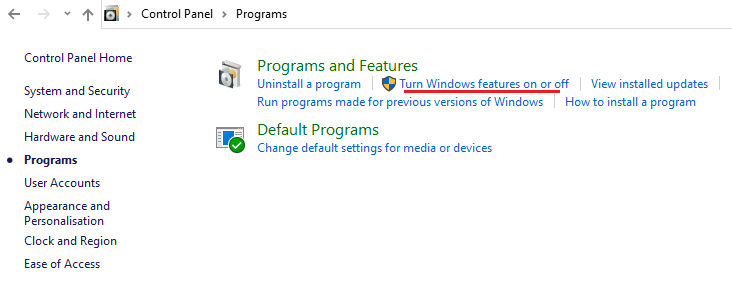
- After that, select Telnet Client and then press ok. Windows completed the requested changes.
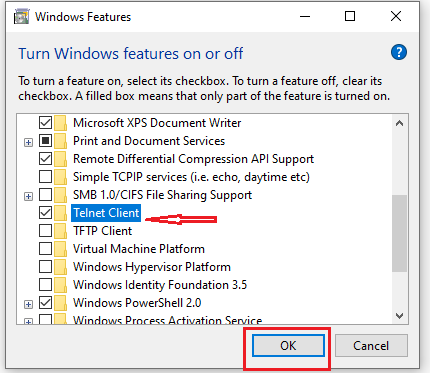
- Click Start and then click Run. The Run dialog box appears. Type telnet <host name> in the open box and click ok.
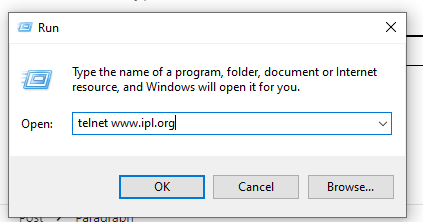




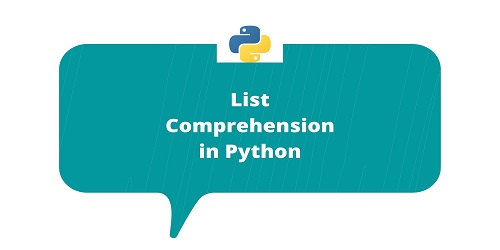

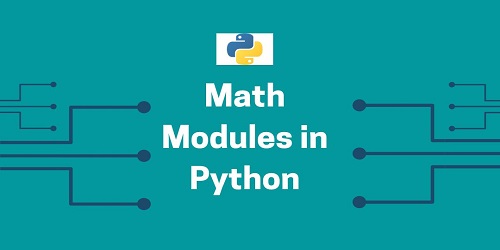



Comments (No)